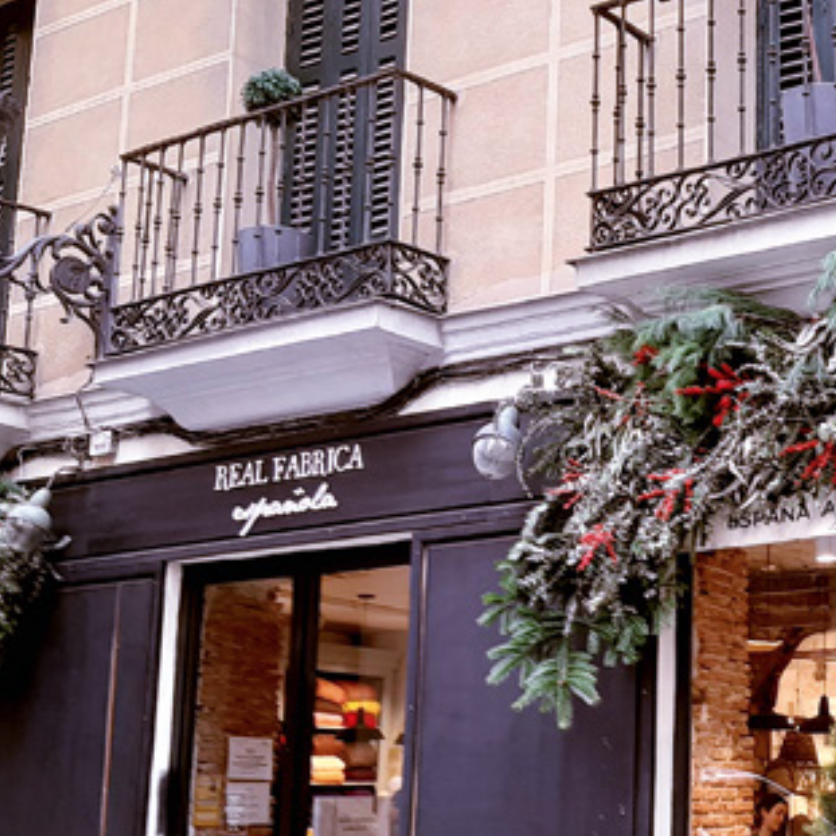Synergy between culture, commerce and tourism. Barrio de Las Letras neighborhood in Madrid as an innovative destination to design the use of its cultural heritage
Main Article Content
Abstract
The tourism sector has a great capacity for renewal, absorption and creativity, which enables it to produce goods, services and experiences, prioritizing, in some cases, daily needs of the inhabitants of tourist destinations over its own dynamism. For this reason, overcrowding of tourists lead to the trend of decorating many urban centers, losing all its cultural and patrimonial value. The present work seeks to describe how the proximity between small companies enables the transformation of a commercial and historical zone, creating an image of destiny and increasing its patrimonial value. To this end, the barrio de Las Letras (Las Letras neighborhood) has been selected in Madrid, because it is working on the valorization of commercial and cultural heritage. These actions are essential in the era of globalization to prestige and singularize tourist destinations, without losing the essence of the neighborhood and maintaining the daily life of its inhabitants. The barrio de Las Letras serves as an example of the symbiosis between tourism, commerce and culture as axes to value the historical (material and immaterial), cultural and social heritage of this historic area of Madrid.
Article Details
References
Almeida, M. I. (2015). La reconfiguración del paisaje urbano histórico como vía para la preservación de la identidad cultural. Caso de estudio Camagüey. Esempi Di Architettura, 32, Vol.1, 247-269.
Amin, A. y Robins, K. (1992). The re-emergence of regional economies? The mythical geography of flexible accumulation. Environment and Planning D Society and Space, Vol. 8, 7-34.
Asociación de Comerciantes del Barrio de Las Letras (2018). Recuperado de http://www.barrioletras.com/
Barrera, D., Arista, L. y Azevedo, E.M. (2014). Tourist use of historic cities: Review of international agreements and literature. International Humanities Studies, Vol. 1 No.2, 1-11.
Blanco, A. (2011). Una aproximación al turismo slow. El turismo slow en las Cittáslow de España. Investigaciones turísticas, Nº 1, 122-133.
Bonilla, M. (2006). Turismo vivencial: un ejemplo responsable sin ingredientes artificiales. Tecnitur, 188, 20-23.
Castelletti, M. y D’Acunto, M. (2006). Marketing per il territorio. Strategie e politiche per lo sviluppo locale nell’economia globalizzata. Milano: Franco Angeli
Coca-Stefaniak, J.A., Parker, C., Quin, S., Rinaldi, R. y Byrom, J. (2009). Town centre management models: A European perspective. Cities, 26, 74–80.
Elizagarate, V. (2008). Marketing de ciudades: estrategias para el desarrollo de ciudades atractivas y competitivas en un mundo global. Madrid: Editorial Pirámide.
Esmadrid.com (2018). Recuperado de https://www.esmadrid.com/madrid21destinos
García-Henche, B. (2018). Urban experiential tourism marketing: Use of social media as communication tools by the food markets of Madrid. Journal of Tourism Analysis. Revista de Análisis Turístico, Vol. 25 Issue: 1, 2-22. García-Henche, B. y Salvaj, E. (2017). Asociacionismo, redes y marketing en la transformación hacia el turismo experiencial. El caso del Barrio de las Letras, Madrid. Cuadernos de Turismo, 40, 315-338.
González, C. (2011). El turismo se vuelve creativo. Savia. Revista de Economía y Viajes, Vol. 5, Nº 5, 50-55.
Hernández, J. M., Duarte, P. y Fernández, F. (2017). The contribution of cultural events to the formation of the cognitive and affective images of a tourist destination. Journal of Destination Marketing and Management, 6, 1-9.
Hosteltur (2018). Recuperado de http://comunidad.hosteltur.com
Laboratorio para la Ciudad de México (2016). Innovación Participativa en el Distrito Federal. BASE, Diseño e Innovación, Nº 3, 26-47.
Lancerini, E. (2005). Territori Lenti: Contributi per una nuova geografía del paesagi abitati italiani. Territorio, Nº 34, 9-15.
Las Letras Street (2018). Colectivo de empresas creativas ubicadas en el Barrio de las Letras. Recuperado de https://es-es.facebook.com/pages/category/Community/Las-Letras-Street-1970952759818356/
Lumsdon, L. y McGrath, P. (2011). Developing a conceptual frawework for slow travel: a grounded theory approach. Journal of Sustainable Tourism, Vol. 19, nº 3, 265-279.
Molinillo, S. y Japutra, A. (2017). Factors influencing domestic tourist attendance at cultural attractions in Andalusia, Spain. Journal of Destination Marketing and Management, 6, 4, 456-464.
Red de Ciudades Creativas (2018). Red de ciudades creativas de la Unesco. Recuperado de https://es.unesco.org/creative-cities/content/ciudadescreativas
Time Out (2018). Recuperado de https://www.timeout.es/madrid/es/quehacer/los-11-mejores-barrios-del-mundo


